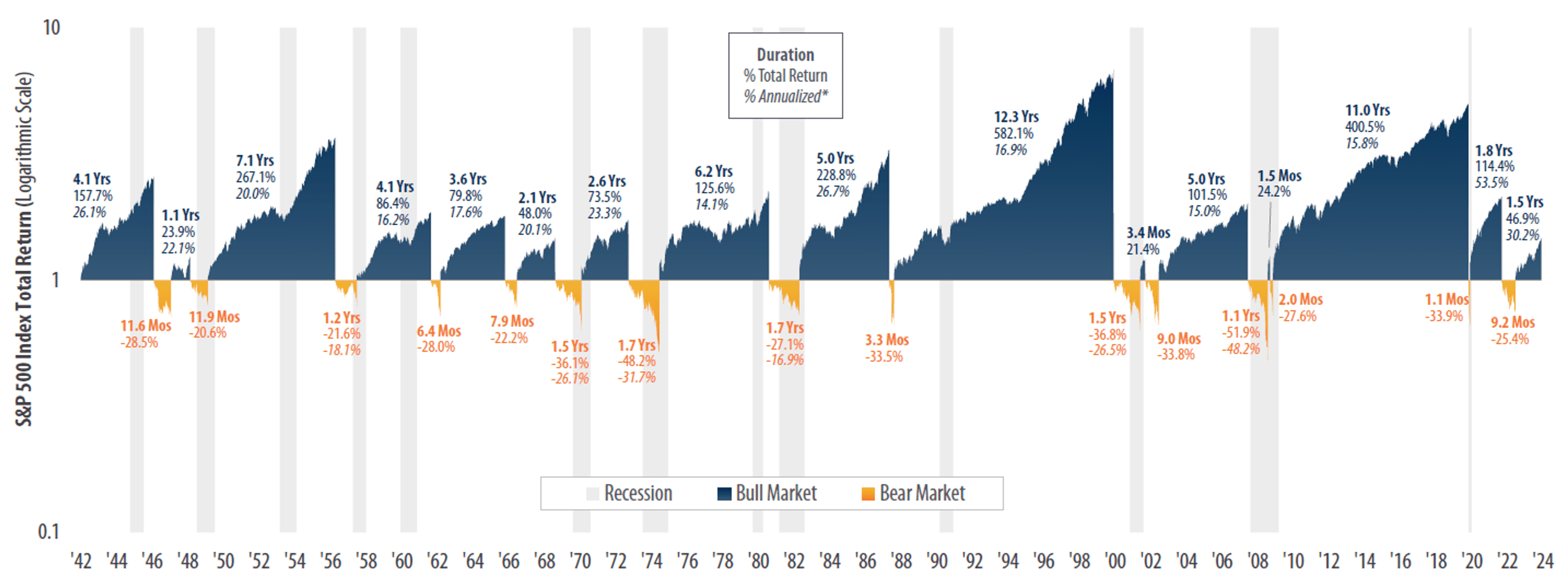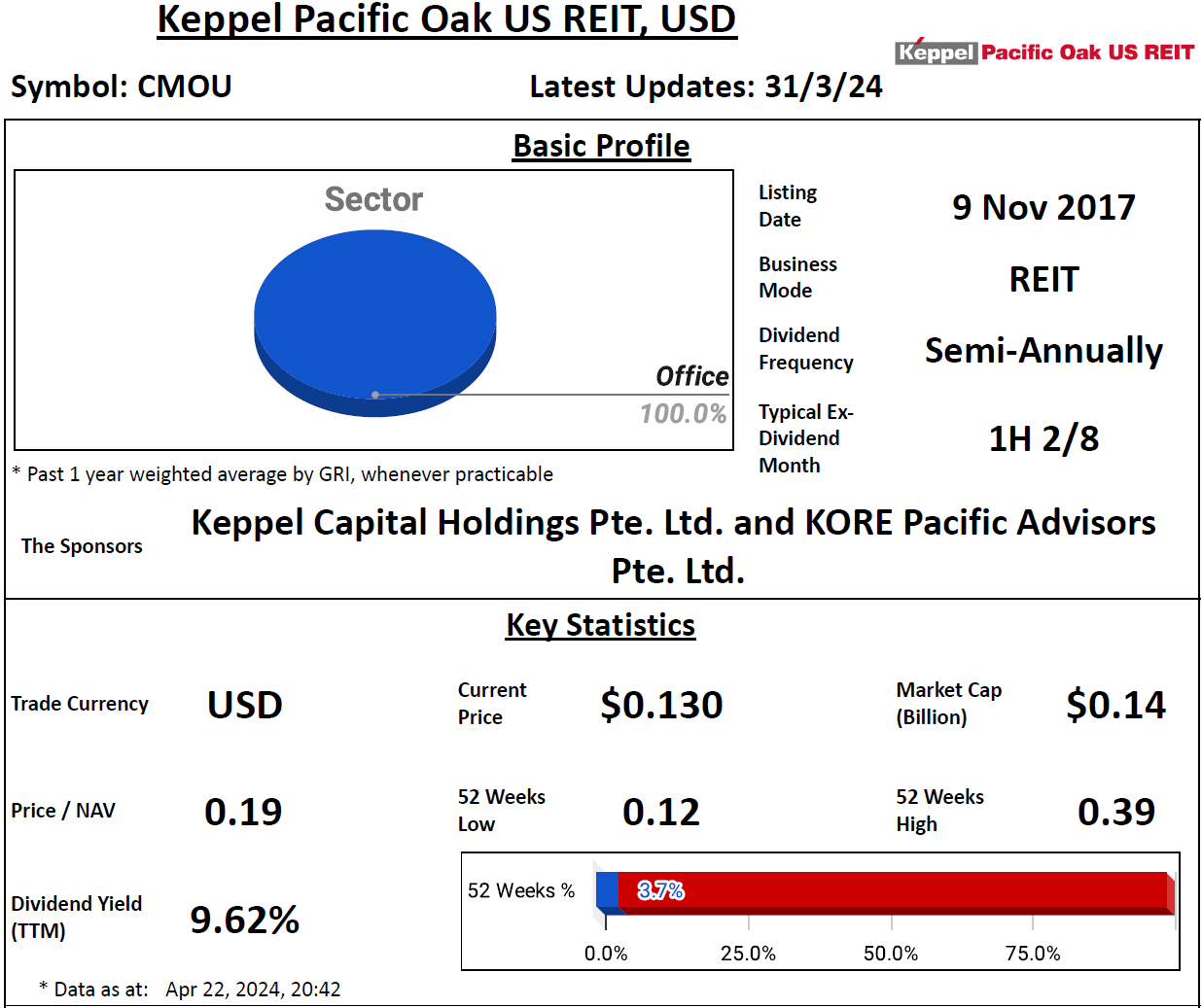Dear Mr. Tan,
[caption id="attachment_1171" align="alignright" width="124" caption="Tan Kin Lian"]

[/caption]
I read from your blog that the minibonds and other structured products, earning 5% yield, can be very risky. I do not wish to take this kind of risk. Is it all right for me to buy a life insurance product? Although the return is low, it is at least capital protected and relatively safe.
REPLY
If you save $5,000 a year in a life insurance policy for 20 years, the total savings is $100,000.
The benefit illustration shows the return that you can get assuming the gross return over the next 20 years to be 3.75% or 5.25%. The average is 4.5%. In my view, this is a reasonable projection for the next 20 years, assuming a balance mix of investments at moderate risk.
If you get an average return of 4.5%. you should get $164,000 at the end of 20 years. However, the actual return is lower, due to the charges taken away by the insurance company to cover marketing and other expenses and profit. In most cases, the charges is about 50% of the gain, i.e. $32,000. This leaves a maturity return of $132,000 or a net yield of 2.6%.
I consider a net yield of 2.6% to be unsatisfactory, as it may not be sufficient to cover the rate of inflation.
A good value policy will take away about 25% of the gain, leaving a return of $146,000 or a net yield of 3.5%. As a rule of thumb, the reduction in yield should not exceed 1%. If you wish to invest in a life insurance policy, you should ask the following questions.
- What is the projected return on my policy, based on the assumed yield on the investments?
- What is the amount deducted in various charges to cover the death benefit and expenses?
- How much, as a percentage of the assumed gain, is taken away by these charges?
- What is the effecitve reduction in yield?
If the charges is more than 25% of the projected gain, the life insurance policy is high cost and does not give good value to the customer. It is better to buy term insurance for the life insurance cover and invest the savings in an indexed fund (such as the STI ETF). Alternatively, the reduction in yield should not exceed 1%.
Website:
tankinlian.com [/caption]
I read from your blog that the minibonds and other structured products, earning 5% yield, can be very risky. I do not wish to take this kind of risk. Is it all right for me to buy a life insurance product? Although the return is low, it is at least capital protected and relatively safe.
REPLY
If you save $5,000 a year in a life insurance policy for 20 years, the total savings is $100,000.
The benefit illustration shows the return that you can get assuming the gross return over the next 20 years to be 3.75% or 5.25%. The average is 4.5%. In my view, this is a reasonable projection for the next 20 years, assuming a balance mix of investments at moderate risk.
If you get an average return of 4.5%. you should get $164,000 at the end of 20 years. However, the actual return is lower, due to the charges taken away by the insurance company to cover marketing and other expenses and profit. In most cases, the charges is about 50% of the gain, i.e. $32,000. This leaves a maturity return of $132,000 or a net yield of 2.6%.
I consider a net yield of 2.6% to be unsatisfactory, as it may not be sufficient to cover the rate of inflation.
A good value policy will take away about 25% of the gain, leaving a return of $146,000 or a net yield of 3.5%. As a rule of thumb, the reduction in yield should not exceed 1%. If you wish to invest in a life insurance policy, you should ask the following questions.
[/caption]
I read from your blog that the minibonds and other structured products, earning 5% yield, can be very risky. I do not wish to take this kind of risk. Is it all right for me to buy a life insurance product? Although the return is low, it is at least capital protected and relatively safe.
REPLY
If you save $5,000 a year in a life insurance policy for 20 years, the total savings is $100,000.
The benefit illustration shows the return that you can get assuming the gross return over the next 20 years to be 3.75% or 5.25%. The average is 4.5%. In my view, this is a reasonable projection for the next 20 years, assuming a balance mix of investments at moderate risk.
If you get an average return of 4.5%. you should get $164,000 at the end of 20 years. However, the actual return is lower, due to the charges taken away by the insurance company to cover marketing and other expenses and profit. In most cases, the charges is about 50% of the gain, i.e. $32,000. This leaves a maturity return of $132,000 or a net yield of 2.6%.
I consider a net yield of 2.6% to be unsatisfactory, as it may not be sufficient to cover the rate of inflation.
A good value policy will take away about 25% of the gain, leaving a return of $146,000 or a net yield of 3.5%. As a rule of thumb, the reduction in yield should not exceed 1%. If you wish to invest in a life insurance policy, you should ask the following questions.





